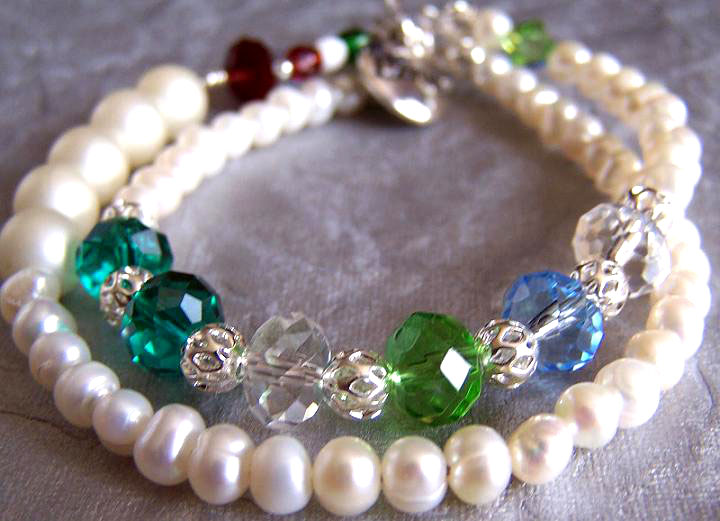Story of Pearls
 |
By Mr. Pramoda Chitrabhanu
In the olden days the lustrous and beautiful natural pearls were a symbol of wealth and pride for those who owned them. When we see the ancient portraits of kings and queens with long pearl necklaces and bracelets worn around their wrists it reiterates the same fact. Today the story is different. We see that very few corners of the world are free from a hostile and violent environment. When we come to know the true story behind the pearls, it will hardly remain a sign of wealth and pride for any one. For those who care for life it is a symbol of pain and suffering.
Myths and legends hide the bitter fact that pearls come from the suffering of the oysters found in Deep Ocean. Pearls are not the natural part of the living oyster but a response to an irritation caused by a foreign particle. It occurs when sand or a bit of shell or an unwelcome parasite is trapped accidentally inside the oyster's shell. It's like having a foreign particle in the human eye, causing irritation until removed. Most of the time the oyster cannot expel the foreign particle, so to reduce the pain caused by the foreign body it surrounds it with nacre-a silvery calcium carbonate substance that the oyster normally discharges to line it's shell.
After several years, layers of nacre form a pearl around the irritant, making the irritant less painful. This way the oyster creates a rainbow like iridescent pearl. Due to this natural process pearls were rarely found. Driven by greed men then invented artificial ways to obtain more pearls. One such man is Kokichi Mikimoto who experimented for years to produce pearls in oysters. In the early 1900's he found the solution and discovered the method of commercial pearl culturing in Japan.
A painful journey of the oyster begins. Mikimoto patented a way of tricking small akoya oysters into producing pearls. The process begins with divers searching for young oysters in the deep ocean. A technician then takes a round bead made from the shell of the fresh water mussel. This bead is called the nucleus that substitutes the foreign particle and is inserted into the oyster., Then a tiny piece of mantle (oyster's fleshy lip) is cut from the same oyster and inserted next to the nucleus. All this is done without anesthesia. This nucleus causes pain and irritation to the inside of the oyster for years. This pain causes the mantle to secrete the nacre that coat the nucleus until it has formed into a pearl. Such "seeded" pearls are consistently rounder and more luminous and more importantly, they can be produced in larger quantities for human greed and passion. For years the oyster suffers the hurt and soreness until the oyster is split open alive to get the pearl. Many a times an oyster may yield nothing at all and the life is ended.
After knowing the process of the real and cultured pearls the belief that pearls do not involve any violence turns false. Many believe that cultured pearls are man-made, simulated or fake pearls made in machine. The truth proved otherwise: they are made and produced solely by oysters and obtained by killing millions of oysters each year mercilessly.
-----------------------------------------------------
Information Courtesy : Mr. Pravin K. Shah
Chairperson Jaina Education Committee
Federation of Jain Associations in North America
509, Carriage Woods Circle Raleigh, NC 27607-3969, USA
E-Mail : pkshah1@attglobal.net, Tele & Fax : 919-859-4994
Websites : www.jaina.org & www.jainism.org
-----------------------------------------------------
Mail to : Ahimsa Foundation
www.jainsamaj.org
R301002